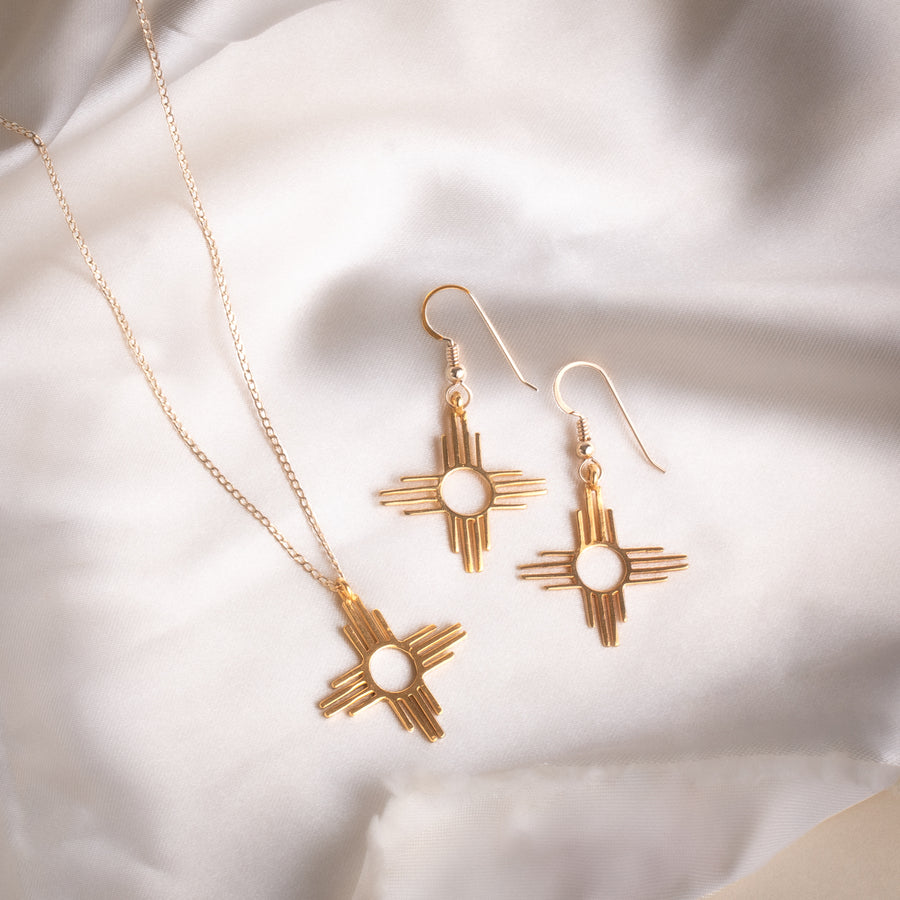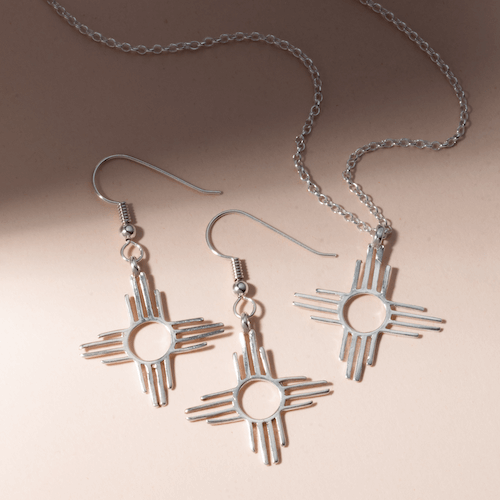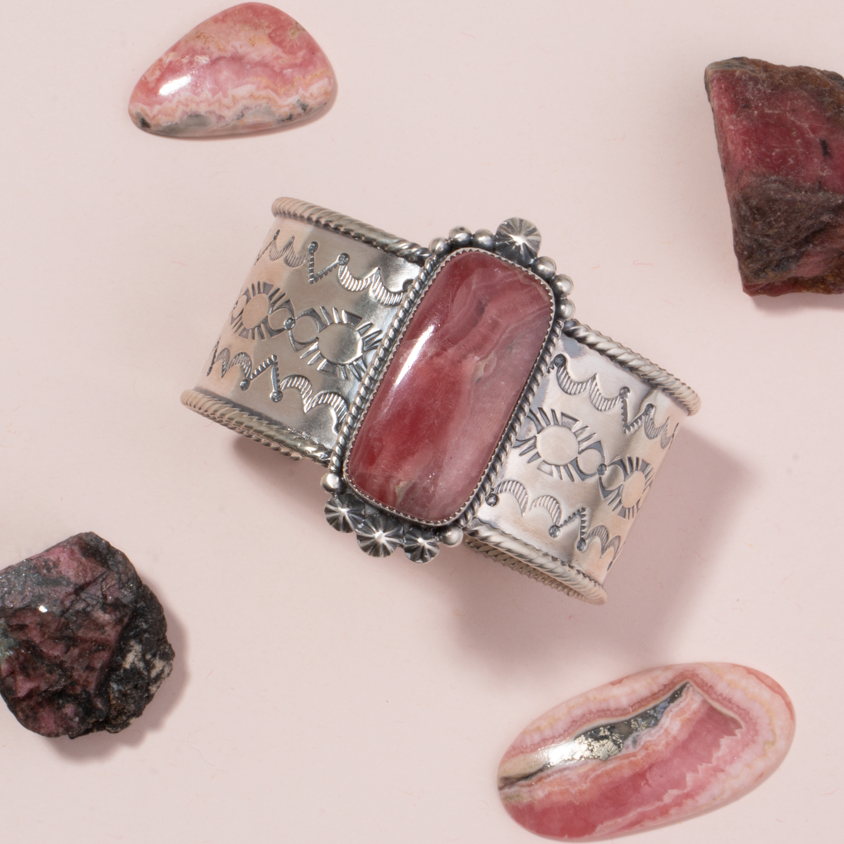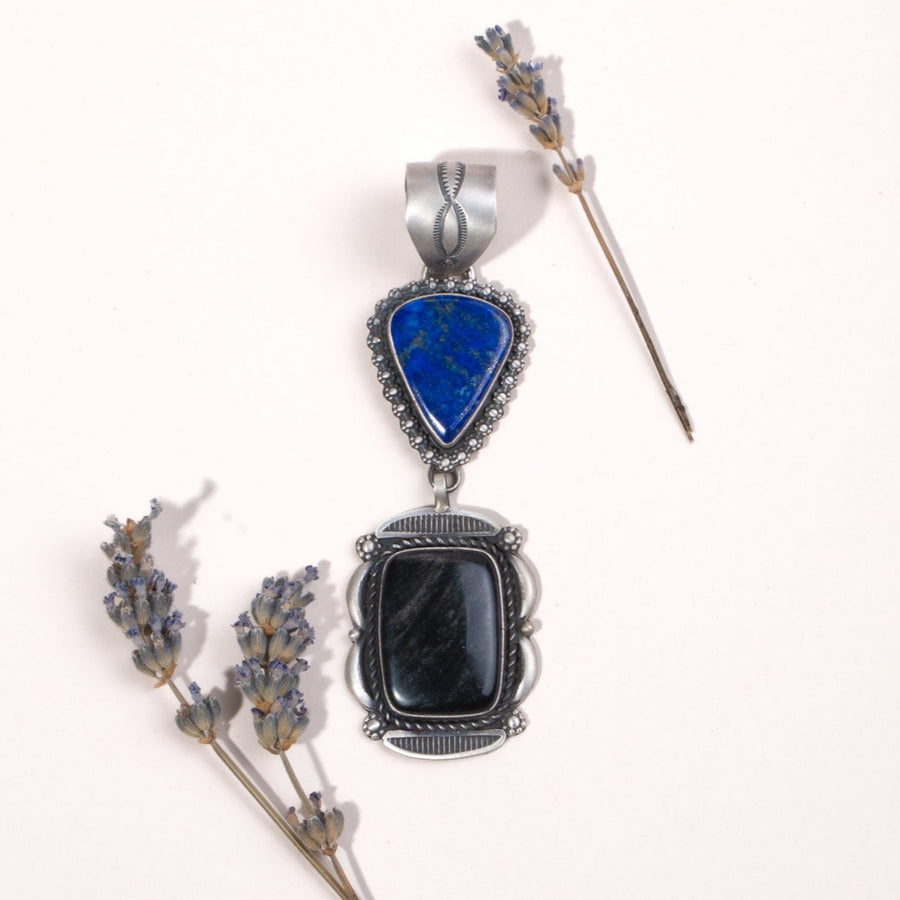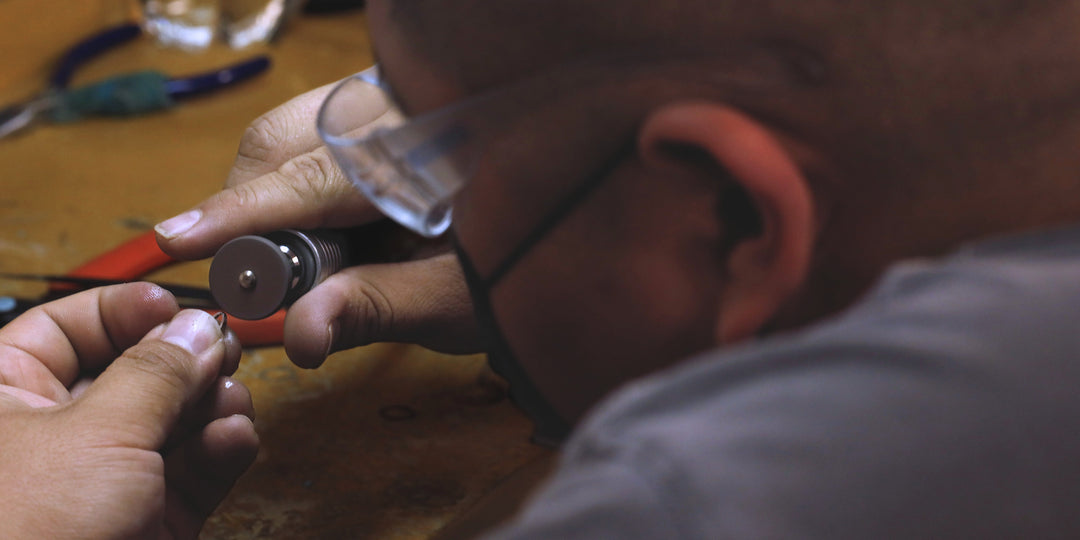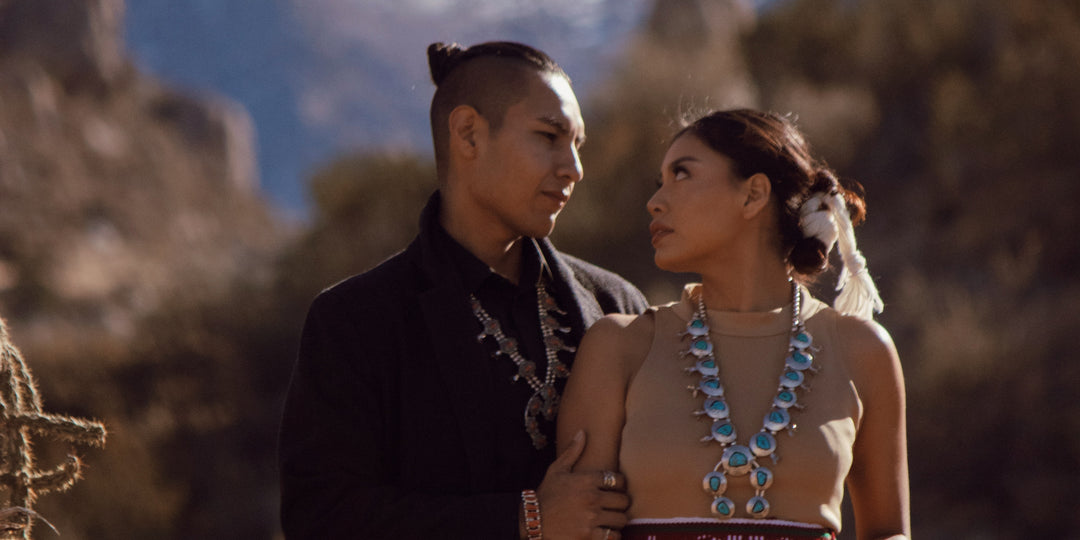The Zuni People, Shiwi’ma
The Zuni call themselves “A:shiwi,” and “Shiwi” or “Shiwi’ma” refers to the Zuni way. The Zuni language apparently dates back more than 7,000 years, but its origins and the origin of the Zuni themselves remains a mystery, with linguists and anthropologists yet unsure of which of several hypotheses might explain their beginnings. Although the Hopi, Keresan, Tanoan, and Navajo languages have contributed elements to the Zuni language, it has mysterious and debated origins, and it’s considered unique among the languages of Native Americans.

Archeologists believe that they came to the region some time before 2500 B.C., and they, or their ancestors, hunted big game. Sometime after 2500, they hunted smaller game and tried their hand at agriculture, with the latter means of sustenance becoming increasingly important in their culture during much of the rest of their pre-history and early history. They have occupied Shiwinnaqin, the Zuni homeland, of northwestern New Mexico and northeastern Arizona, 3,000 to 4,000 years.
Today the A:shiwi live mostly on the Zuni Reservation, in the Pueblo of Zuni on the Zuni River, in western New Mexico, 34 miles (55 km) south of Gallup, New Mexico. The tribe estimates that 10,000-12,000 persons live on the reservation and that over 80% of them are Native Americans.
The Spaniards and Zuni got off to a bad start on their first contact, when, in the 1500s, Francisco Vasquez Coronado set out to see the famed “Seven Cities,” a group of ancient settlements of the Zuni peoples. Coronado’s expedition resulted in a bloody battle, and the Zuni drove the Spanish out of Shiwinnaqin.

En Ah Leih. Zuni 1903. Photo by Edward S. Curtis. Source – National Anthropological Archives
As with many other Native American groups, Zuni life revolves around its religious beliefs and ethics. Their religion focuses largely on three powerful deities: Earth Mother, Sun Father, and Moonlight-Giving Mother. In addition, Old Lady Salt, White Shell Woman, and other katsinas play important parts in their mythology and religious lore.
The Zuni respect and practice a cycle of religious ceremonies that focus on the cycle of life: birth, coming of age, marriage, and death. Families celebrate both the boys and girls through ceremonies in which corn, another important element of the Zuni religion, serves a specific sacred function in the ceremony.
The Zuni also make religious pilgrimages, including one to Koluwala:wa, practiced around the time of summer solstice, and the Zuni Salt Lake Pilgrimage, during the dry months, when they give homage to the Salt Mother, Ma’l Okyattsik’i.
Zuni art has a special importance. Experts know little about the Zuni origins, and the linguistic difference between this tribe and others of the regions has been one of many factors that make them unique among the Native Americans. We are fortunate that their artisans today share the ancient Zuni knowledge with us.
References
Bunzel., R.L. 1929. The Pueblo Potter: A Study of Creative Imagination in Primitive Art. New York : Dover, 1929.
Green, J. (ed.). 1979. Zuni: Selected Writings of Frank Hamilton Cushing, . Lincoln, NE and London : University of Nebraska Press, 1979.
Pueblo of Zuni-Information Technology. 1999. Pueblo of Zuni. Official Site of the Zuni Tribe. [Online] Pueblo of Zuni, 1999. [Cited: January 21, 2015.] http://www.ashiwi.org/.
Wikipedia. 2014. Zuni people. Wikipedia: The Free Encyclopedia. [Online] Wikipedia, 2014. [Cited: January 21, 2015.] http://en.wikipedia.org/wiki/Zuni_people.
Zuni Pueblo. unknown. Zuni Pueblo . Zuni Pueblo Department of Tourism website. [Online] Zuni Pueblo Department of Tourism, unknown. [Cited: January 21, 2015.] http://www.zunitourism.com/.

